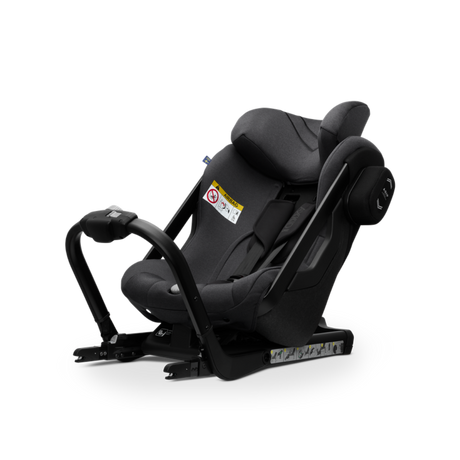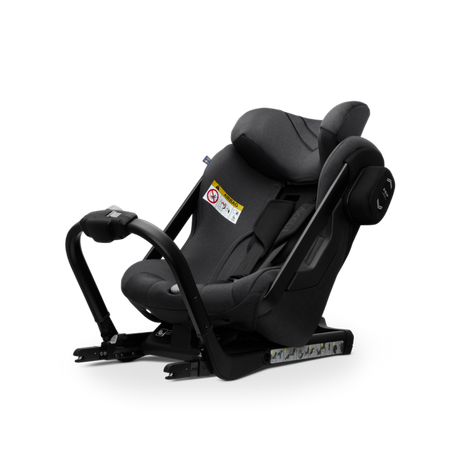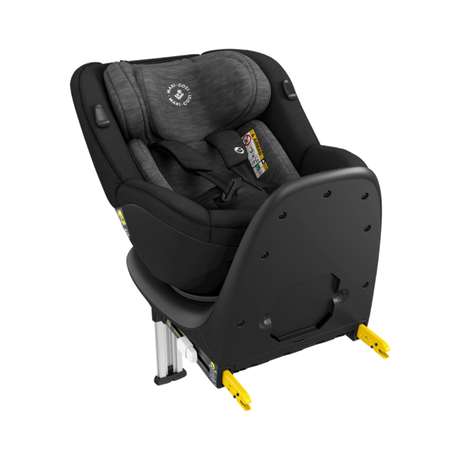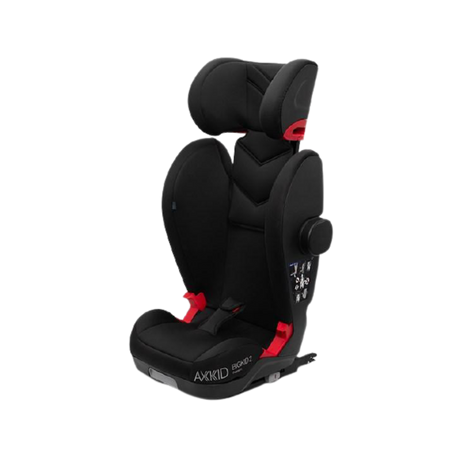Frequently Asked Questions
When should I switch from a baby seat to a car seat?
When should I switch from a baby seat to a car seat?
You should switch from a baby carrier to a car seat when your child either reaches the upper weight or height limit for the baby carrier (usually around 9-12 months) or when the child's head reaches the edge of the baby carrier. It is important that the child is still in a rear-facing car seat, as it is the safest way for small children to ride.
How long does my child have to sit rear-facing before we switch to a forward-facing car seat?
How long does my child have to sit rear-facing before we switch to a forward-facing car seat?
Pediatricians and safety experts recommend that children sit rear-facing for as long as possible, preferably up to the age of 6–7. Rear-facing car seats provide the best protection in the event of a collision, as they distribute the force across the child's body and protect the head, neck and spine. This is especially important for younger children, whose heads are proportionally larger and heavier compared to the rest of their bodies.
When is it time to change from a car seat to a booster seat?
When is it time to change from a car seat to a booster seat?
You should switch from a car seat to a booster seat when your child has outgrown the car seat or has reached the upper height or weight limit for the car seat.
When changing to a booster seat, it is important that the child's knees can bend comfortably at the edge of the seat. In addition, the child must be large enough for the car's belt to fit correctly over the body in the booster seat.
How do I make sure the belt fits correctly over the child's body?
How do I make sure the belt fits correctly over the child's body?
The seat belt should go over the child's hip bone, not the stomach, and the diagonal belt should go over the child's shoulder and chest, not across the neck. If the belt is not fitted correctly, there is a risk that the child will be injured in a collision. Check that the belt is tight and not twisted.
Should the booster seat have a backrest, or will a booster cushion suffice?
Should the booster seat have a backrest, or will a booster cushion suffice?
Booster seats with backrests are recommended as they provide extra support for the child's head, neck and back as well as better protection in side collisions.
What is the correct position for the headrest of the car seat?
What is the correct position for the headrest of the car seat?
The child car seat's headrest should be adjusted so that it sits just above the child's shoulders, with enough space to support the head properly in the event of a collision. If the head support is too high or too low, the child does not receive optimal protection for the head and neck.











